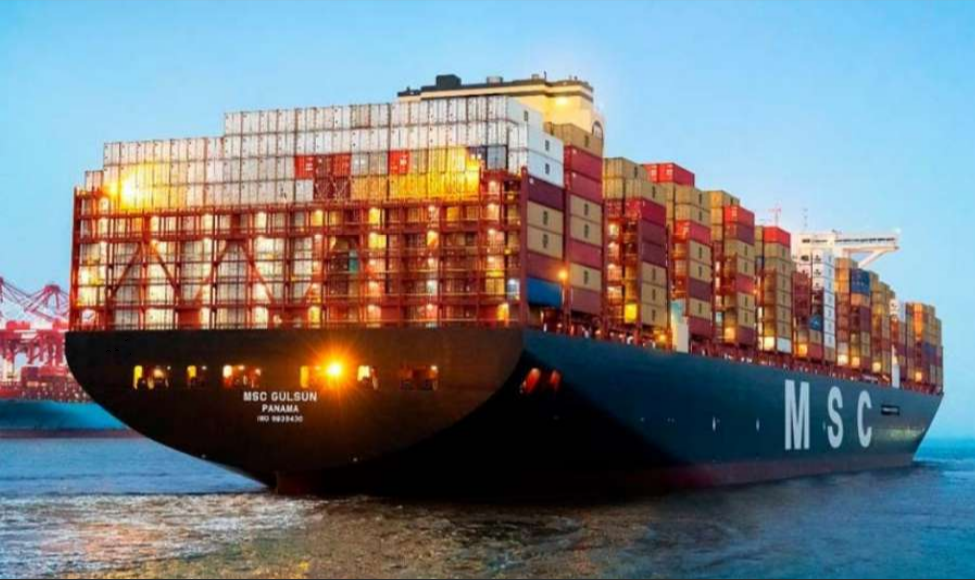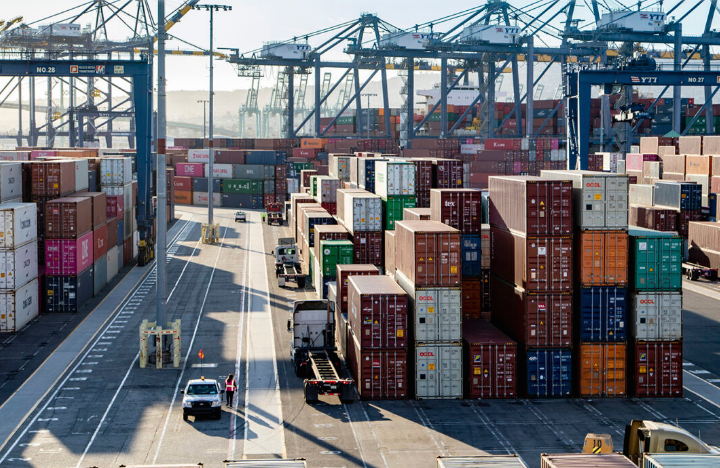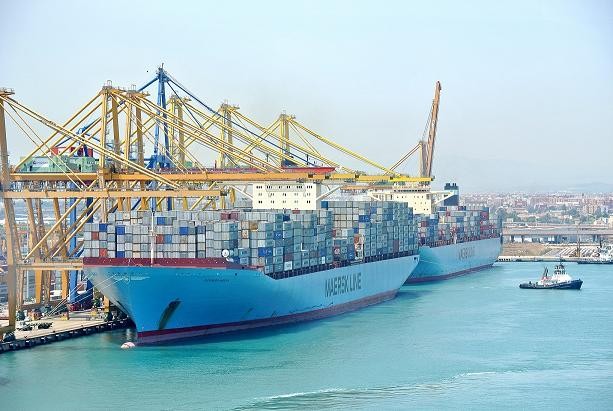
Volviendo al tema de la imparable escalada en los fletes marítimos, transcribo debajo un interesante artículo publicado ayer en la revista «Puertos y navieras».
En este artículo, se plantea el actual nivel de fletes como la nueva normalidad, al menos para los próximos meses…
«» Los fletes de los contenedores marítimos al contado, mercado spot, suben año tras año, por lo que deben estar cerca de su punto máximo. Son tan altos que no tienen mucho más margen de maniobra. Esta es una creencia común en el mercado de los contenedores, a pesar de que esta premisa ya se ha demostrado que es errónea, y que Los fletes de los contenedores podrían, en teoría, tener mucho más espacio para subir si el límite superior se define de la misma manera que en el transporte marítimo no contenerizado.
«En términos de nuestra ley actual, un precio alto en sí mismo no es una violación».
Un importante ejecutivo de un transitario dijo a American Shipper en agosto de 2020: «No creo que haya espacio para el crecimiento más allá de 4.000 dólares [por unidad equivalente a cuarenta pies o TEU]». Nueve meses más tarde, muchas tarifas transpacíficas «todo incluido», incluyendo los cargos de prima, son más del doble de eso – y aumentando de manera sostenible. Los importadores suelen pagar 10.000 dólares por TEU o más, incluidos los cargos adicionales, a veces mucho más, según ha informado Freight Waves.
Pero, ¿por qué detenerse ahí?
La relación entre inventarios y ventas al por menor sigue en mínimos históricos, los cheques de estímulo, PPP, siguen apoyando el gasto y la tradicional temporada alta está a la vuelta de la esquina. Mientras tanto, los hogares estadounidenses acumularon un enorme exceso de ahorro durante la pandemia (equivalente al 12% del PIB, según Moody’s) que ahora podría desatarse.
¿Qué pasaría si la demanda de importaciones de EE.UU. de gama alta se desarrolla durante el resto de este año y supera la oferta de buques y equipos incluso más de lo que lo hace hoy?
Una respuesta común de los cargadores en los foros es que los reguladores intervendrán si las tarifas suben demasiado. Durante una presentación la semana pasada, el presidente de la Comisión Marítima Federal (FMC), Daniel Maffei, dejó claro que si los altos precios de los fletes son causados por las fuerzas del mercado, no hay nada que la FMC pueda hacer al respecto. «En términos de nuestra ley actual, un precio alto en sí mismo no es una violación».
La tarifa de un cargamento al contado en el transporte marítimo de mercancías a granel es elástica hasta el punto de borrar el margen de beneficios del cargador. Las tarifas de los buques de transporte de crudo muy grandes (VLCC, petroleros que transportan 2 millones de barriles de petróleo) superaron los 200.000 dólares diarios en octubre de 2019 y marzo-abril de 2020. Un buque de gas natural licuado se reservó a 350.000 dólares diarios en enero.
«Resulta que, a los precios actuales de las materias primas … el mercado de graneles secos no está cerca de su techo teórico», escribió. «Si la demanda supera a la oferta, la principal limitación al alza del coste del flete de los buques es el punto en el que absorbe el beneficio del productor o cargador».
El transporte de contenedores es mucho más opaco. «Esto es mucho más difícil [de calcular] para las mercancías en contenedores porque no se sabe exactamente lo que hay en esas cajas», dijo. «¿Son grandes animales disecados o son iPhones y iPads de mucho mayor valor y menor peso?».
La clave está en cómo se relacionan los costes totales del transporte en contenedor, incluyendo el marítimo y el terrestre, con el margen de la mercancía. «Digamos que la producción de un par de zapatos cuesta 10 dólares y se vende entre 100 y 200 dólares. En un contenedor caben muchos zapatos. Si el coste de transporte es de 5 a 10 dólares por par y el transporte sube a 20 dólares, ¿a quién le importa? Sigue habiendo un gran margen», afirma.
La ecuación del precio al contado también cambia cuando los importadores repercuten los costes de transporte en los consumidores. «El coste de todo está subiendo. Se está produciendo una inflación del coste de los productos. Incluso el precio de los materiales de bajo margen está subiendo y parte de ello es el aumento del coste de transporte que se traslada a los clientes», dijo Giveans. «»



